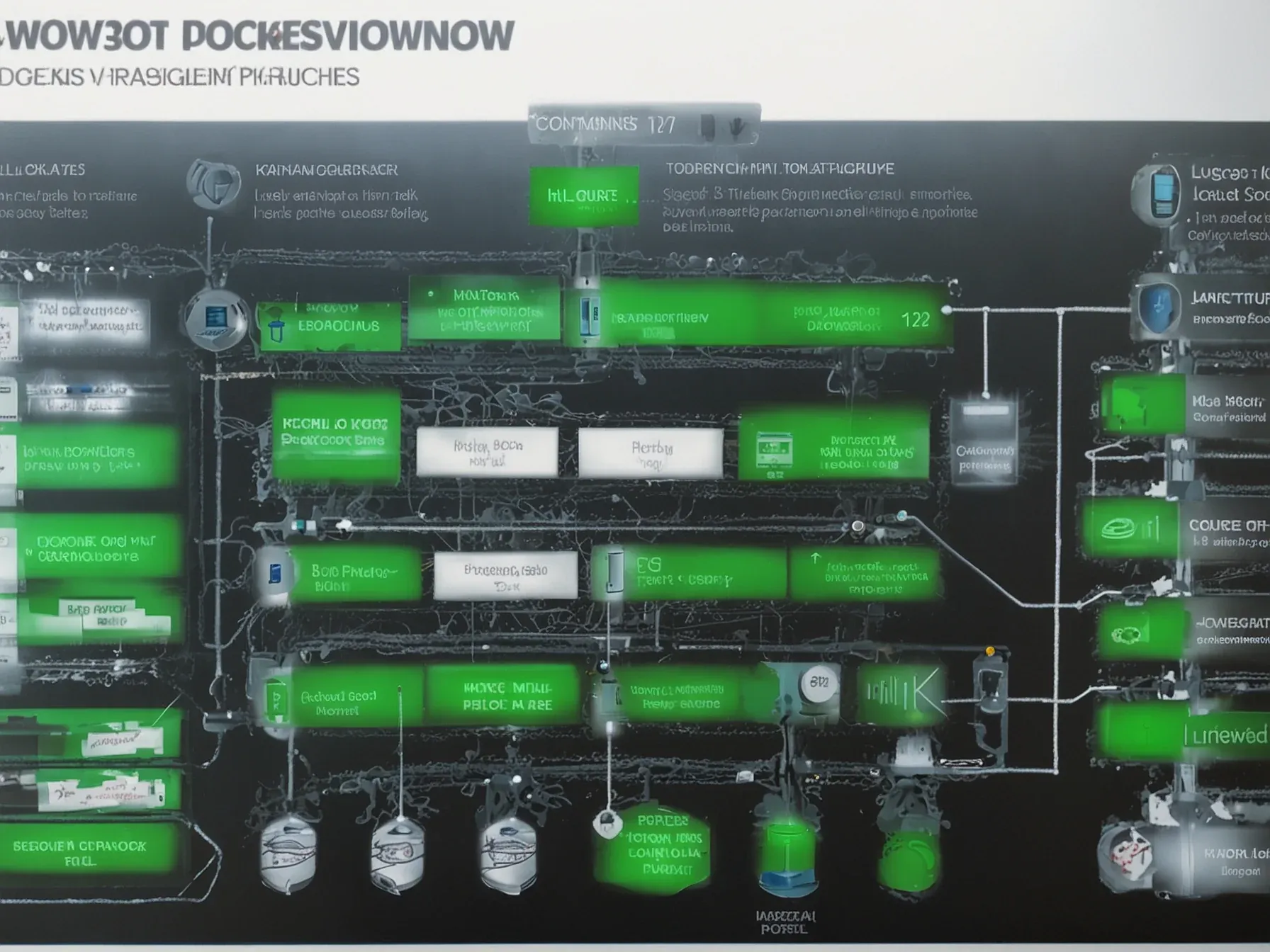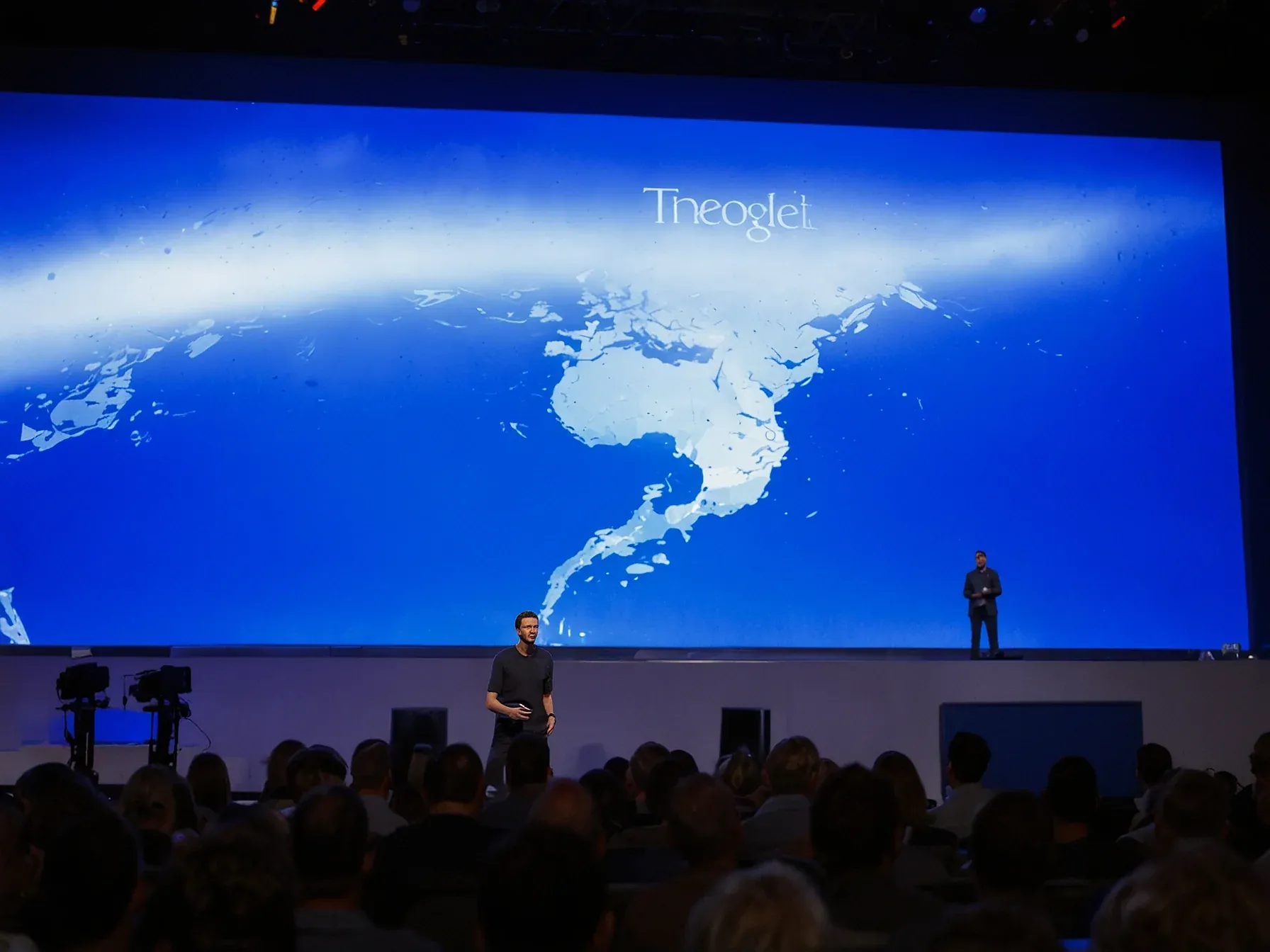
NotebookLM Turns Complex Spreadsheets into Presentation Insights
Why does a tool built for text summarization suddenly appear in boardrooms? While NotebookLM was originally pitched as a way to condense articles and notes, users are discovering a different strength: turning raw numbers into something you can actually show. The problem isn’t new—Excel files and lengthy financial reports sit on countless desks, and most professionals admit they spend more time deciphering the data than acting on it.
Here’s the thing: NotebookLM can ingest those dense sheets, pull out the trends, and reformat the findings into slide‑ready language. It’s not just a shortcut; it’s a shift from pure summarization to a kind of data‑to‑communication engine. The partnership signals a broader push to make AI useful beyond prose, especially for teams that need clear, actionable insights without hiring a dedicated analyst.
That’s why the next line matters.
From Complex Spreadsheets to Presentation Insights This use case transforms NotebookLM from a text summarizer into a data interpretation and communication specialist. Users often struggle to translate dense, numerical data -- Excel sheets, large reports, financial output -- into clear, actionable, and visually-ready insights for presentations. When creating presentations, interpreting and manually summarizing complex spreadsheets can be daunting, often leading to missed key insights buried within the numbers.
Since NotebookLM integrates seamlessly with file types that contain heavy data, such as Google Sheets and Excel documents, it can analyze this number-heavy content. By using targeted prompts, you instruct the AI to perform complex analysis -- identifying trends, outliers, and correlations -- and structure those findings into a slide-ready format. This moves NotebookLM beyond simple document organization and into high-level business intelligence.
NotebookLM isn’t just a summarizer. It can pull meaning from sprawling spreadsheets and reshape raw numbers into presentation‑ready insights, a step beyond the usual FAQ or study‑guide output. For users wrestling with dense financial reports, the tool promises a shortcut from data to narrative, turning rows of figures into clear, actionable points.
Yet the article offers no hard metrics on accuracy or how often the generated insights align with expert analysis. Because the examples focus on “unexpected uses,” it remains unclear whether these capabilities scale across varied industries or data sets. What is evident is that the platform’s flexibility invites experimentation, and early adopters appear to value the shift from pure text to mixed‑mode interpretation.
Whether this approach will become a routine part of data‑driven workflows, or stay a niche trick, the piece stops short of confirming either outcome. In short, NotebookLM extends its reach into data communication, but the broader impact remains to be determined.
Further Reading
- 3 Unexpected Uses for NotebookLM - KDnuggets
- Unlock Your Spreadsheet Secrets: AI Data Analysis with NotebookLM - 66degrees
- Google NotebookLM Review in 2025 | The Best AI Tool ... - YouTube
- NotebookLM for Businesses: Top Use Cases - Promevo
- August Google Workspace Drop: New AI in Sheets, NotebookLM ... - Google Workspace Blog
Common Questions Answered
How does NotebookLM transform complex spreadsheets into presentation‑ready insights?
NotebookLM ingests dense Excel files and financial reports, then extracts key numerical trends and summarizes them into concise, actionable points. These points are formatted for easy inclusion in slide decks, turning raw rows of figures into clear narrative statements.
What was NotebookLM originally marketed for, and how has its use case expanded?
Originally, NotebookLM was pitched as a text‑summarization tool for articles and notes. Users have since discovered that it can also interpret large data sets, allowing it to serve as a data‑interpretation and communication specialist for presentations.
Why do professionals find NotebookLM valuable when working with financial reports?
Professionals often spend more time deciphering dense financial data than acting on it, and NotebookLM speeds up this process by automatically generating clear, actionable insights. This reduces manual summarization effort and helps ensure key metrics aren’t missed in boardroom discussions.
Does the article provide any quantitative metrics on the accuracy of NotebookLM's generated insights?
No, the article explicitly states that it offers no hard metrics on accuracy or how frequently the AI‑generated insights align with expert analysis. The focus remains on qualitative benefits such as speed and narrative clarity.




